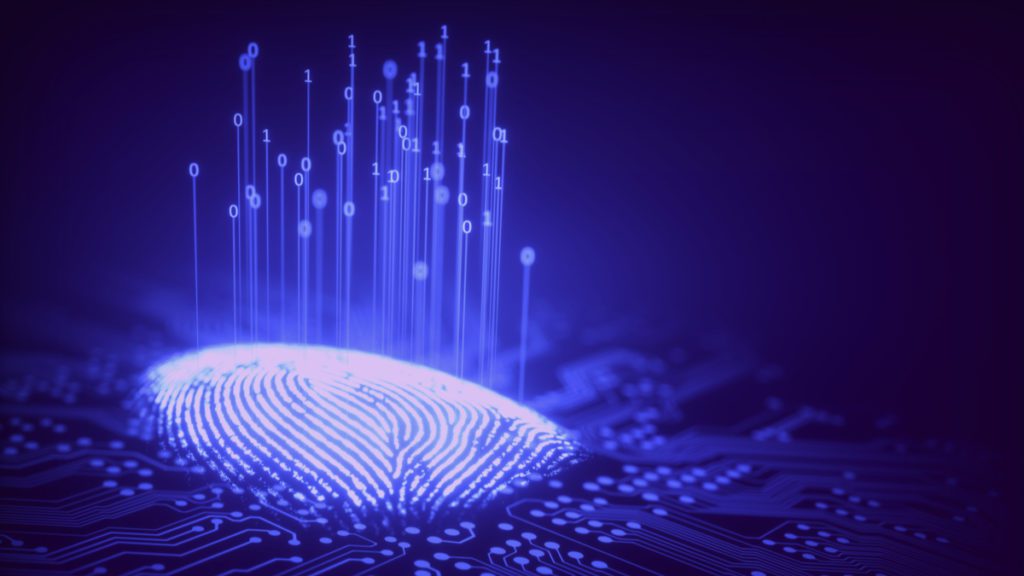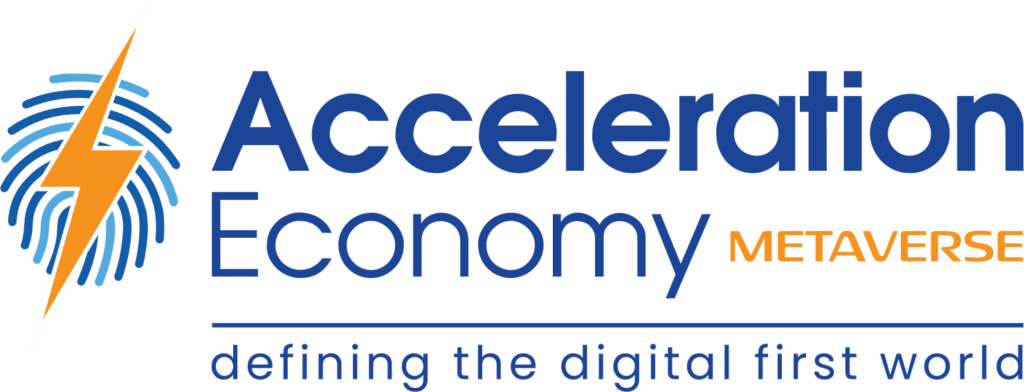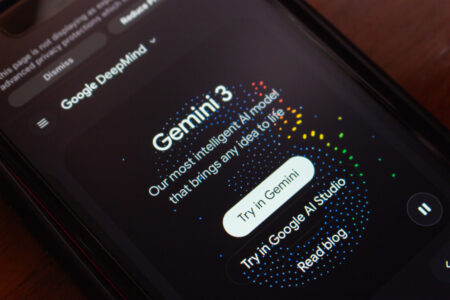Who are you? This question has always been asked and it revolves around identity — how can we keep track of who someone is? How can I prove who I am to others? Do you have only one identity or multiple?
The onset of the digital age has given rise to some new answers, as well as new challenges. In today’s web, most identities are represented by accounts that can be logged into. These accounts are typically stored on a central server and in the custody of a company, such as Google, Meta, Amazon, or Twitter.
Potential Identity Issues in the Digital Age
This leads to a few issues. An article from Future by a16z says, “The kinds of data people share — and importantly, the protocols involved in identity and authentication — are controlled by entities whose interests do not always align with the people relying on them.”
Your digital identity, represented by your Google account or Apple ID, for example, is associated with all your activity data, which companies like Meta use to target advertisements. Your activity data can be sold or transferred without you knowing. You can be banned from the service or your personal information can be stolen. You cannot even see this data, let alone determine what is done with it.
Another issue is interoperability. When every company requires you to make an account for them, your digital identity is fragmented between services. Social login and single sign-in are partial solutions to this issue, but they still place reliance on companies like Meta and Google.
Blockchain and Web3 Solutions
However, blockchain has emerged as a potential solution. The cryptography behind the technology enables authentication without relying on intermediaries, helping shift the power back into the hands of the user.
Most Web3 services just require you to connect your Ethereum wallet that contains the keys used to access your Ethereum account, which is free to create and requires only internet access. These accounts can only be used for exchanging ether, interacting with smart contracts, and signing messages. Additionally, these do not reveal any personal information about you, do not store activity data, and exist solely on the blockchain. This method is employed across various Web3 applications, from the NFT platform OpenSea to the decentralized exchange PancakeSwap.
Tackling Drawbacks
While there are many advantages to a wallet sign-in, there are also drawbacks. If a service requires more nuanced data to be associated with a user, such as preferences or private chat messages, the account needs further association to the user.
Startups such as Spruce are tackling this issue by implementing EIP-4361, also called Sign in With Ethereum, an Ethereum protocol used to standardize logging into web services using an Ethereum account. They are developing a full-stack decentralized identity solution built on top of Ethereum that does not require personal information, bringing to market important innovations such as session keys, capability permission models, secure sharing of trusted data, credentials management, and more.
Bridging the Gap Between Web2 and Web 3
Organizations such as SpruceID, W3C, RWoT, Ceramic, and DIF are bridging the gap between Web2 and Web3 by adding read/write functionality for off-chain data to Ethereum accounts.
An article on CoinDesk pointed out that systems like that of Spruce are superior to current login methods for a number of reasons. Not only does the underlying Ethereum blockchain allow users to directly control their identity and how others use it, but it also boosts the overall transparency of data associated with your account, the persistence of your account, and interoperability between services. So, users don’t need hundreds of different username and password combinations for every website they visit, gluing together fragmented Web2 digital accounts into a coherent Web3 identity, which greatly improves user experience in the Metaverse as well.
The non-profits and communities building these solutions are highly transparent with their work, open-sourcing their code and specifications.
Public Service Use Cases for Digital Identity
Blockchain can also be used in a public service setting. Governments can track information, such as citizenship status. Healthcare institutions can certify vaccination or Covid-19 test information. Employers can track employee IDs. Financial authorities can track financial information to expedite the taxation or regulation process.
All of this information can be placed in a single location, which is entirely in your jurisdiction, and secured in an immutable digital format that cannot be lost.
Want to compete in the Metaverse? Subscribe to the My Metaverse Minute Channel:










